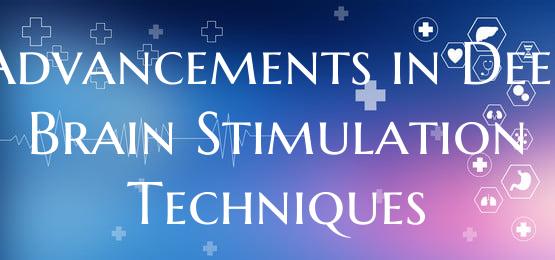
Advancements in Deep Brain Stimulation Techniques
In recent years, there have been significant advancements in the field of deep brain stimulation (DBS) techniques, paving the way for more effective treatments for various neurological and psychiatric disorders. Deep brain stimulation is a surgical procedure that involves implanting electrodes in specific areas of the brain to modulate abnormal neural activity and improve symptoms.
One of the key advancements in DBS techniques is the development of more precise targeting methods. Advanced imaging technologies, such as high-resolution MRI and diffusion tensor imaging, allow neurosurgeons to accurately pinpoint the exact area of the brain where the electrodes need to be placed. This ensures that the electrical stimulation is delivered to the intended target, maximizing therapeutic benefits while minimizing side effects.
Furthermore, researchers have been exploring new electrode designs that can provide more targeted and customizable stimulation patterns. Innovations such as directional electrodes and segmented leads allow for more precise control over the neural circuits being modulated, leading to better outcomes for patients with conditions like Parkinson's disease, essential tremor, dystonia, and even psychiatric disorders like obsessive-compulsive disorder.
Another exciting development in DBS techniques is the integration of adaptive stimulation technologies. These systems use real-time feedback from the patient's brain activity to adjust the stimulation parameters dynamically, optimizing treatment efficacy based on changing neural patterns. Adaptive DBS holds great promise for improving symptom control, reducing side effects, and enhancing the overall quality of life for individuals undergoing deep brain stimulation therapy.
Moreover, advancements in wireless technology have enabled the development of fully implantable DBS devices that do not require external programming or power sources. These "smart" neurostimulators can be programmed and monitored remotely, offering greater convenience for patients and reducing the need for frequent clinic visits for device adjustments.
In conclusion, the continuous progress in deep brain stimulation techniques is revolutionizing the treatment landscape for a wide range of neurological and psychiatric disorders. With improved targeting methods, novel electrode designs, adaptive stimulation technologies, and wireless implantable devices, DBS is becoming increasingly precise, personalized, and efficient in alleviating symptoms and improving the quality of life for patients. These advancements hold great promise for the future of neuromodulation therapies and pave the way for further innovations in the field of deep brain stimulation.